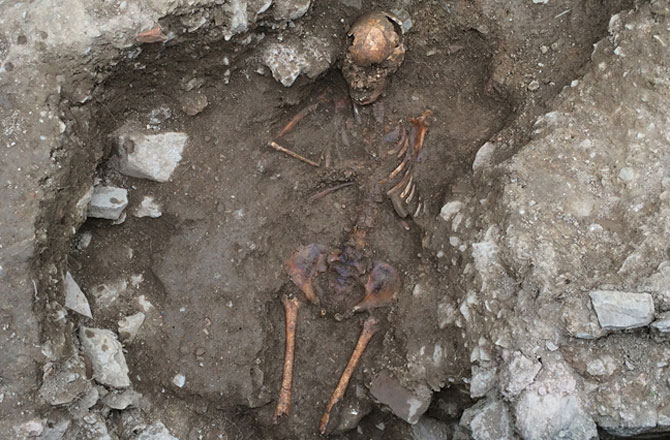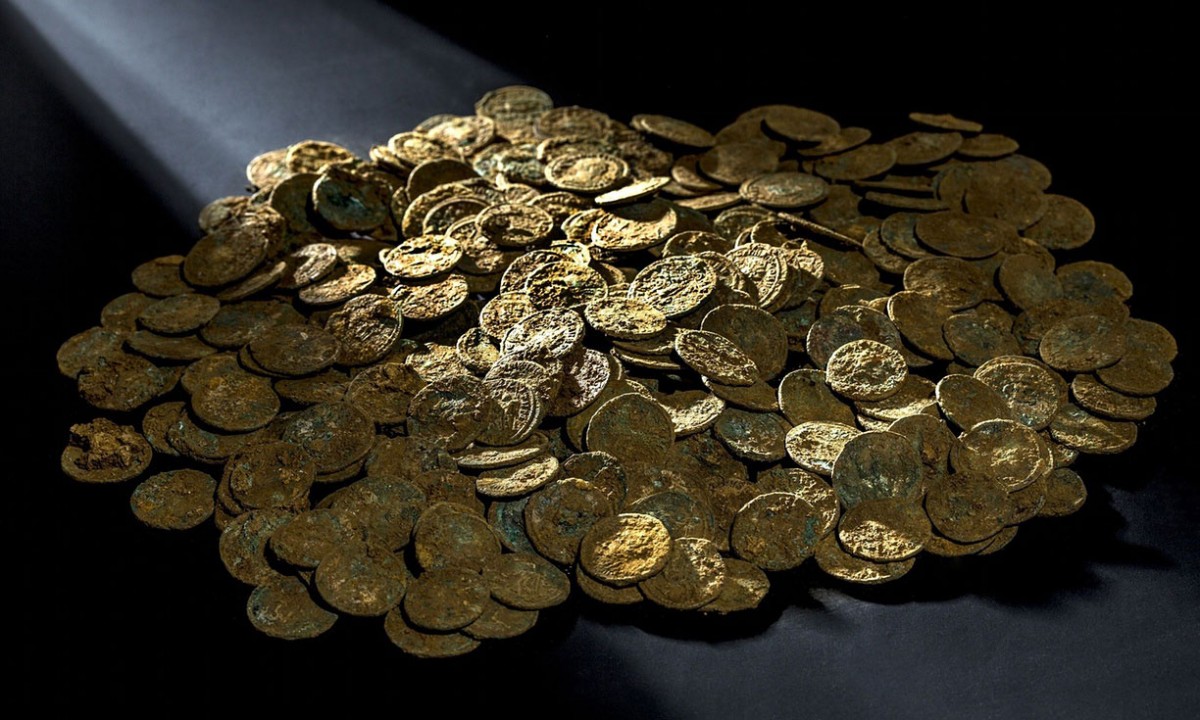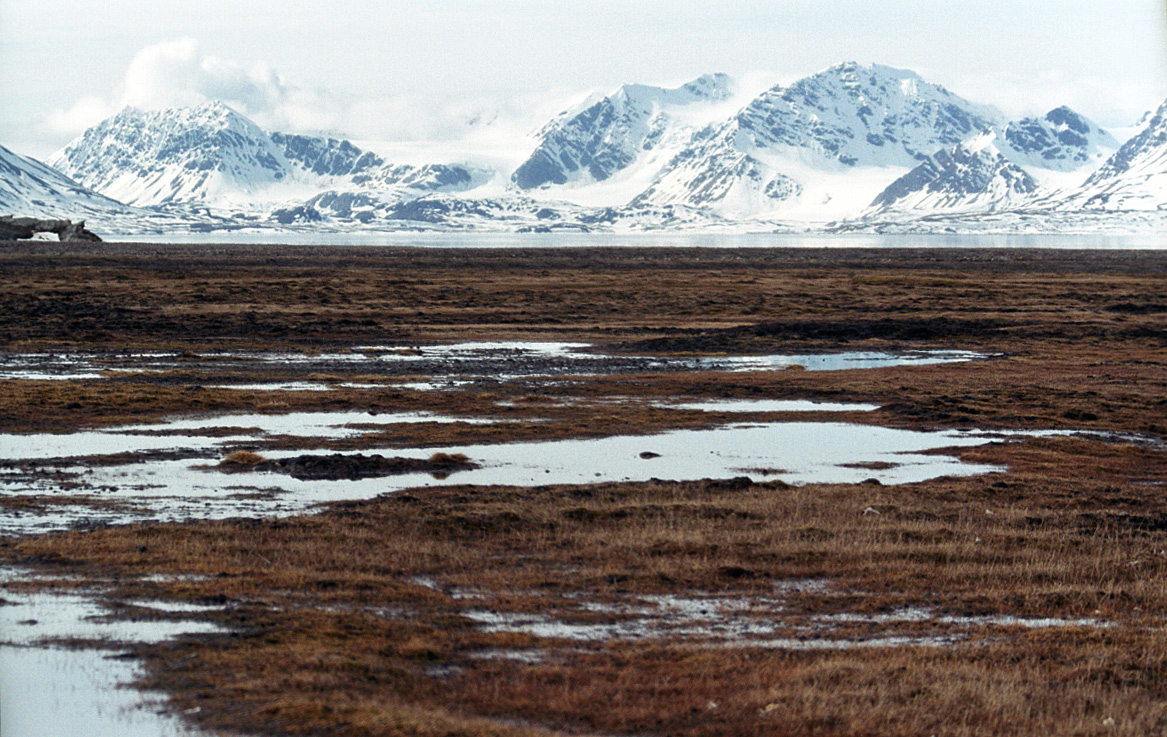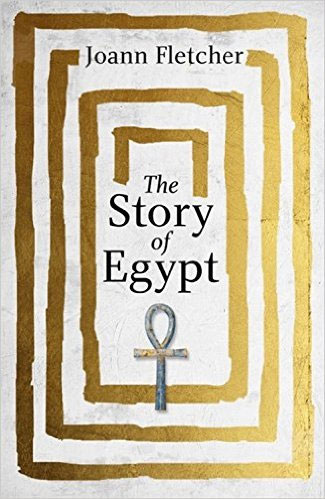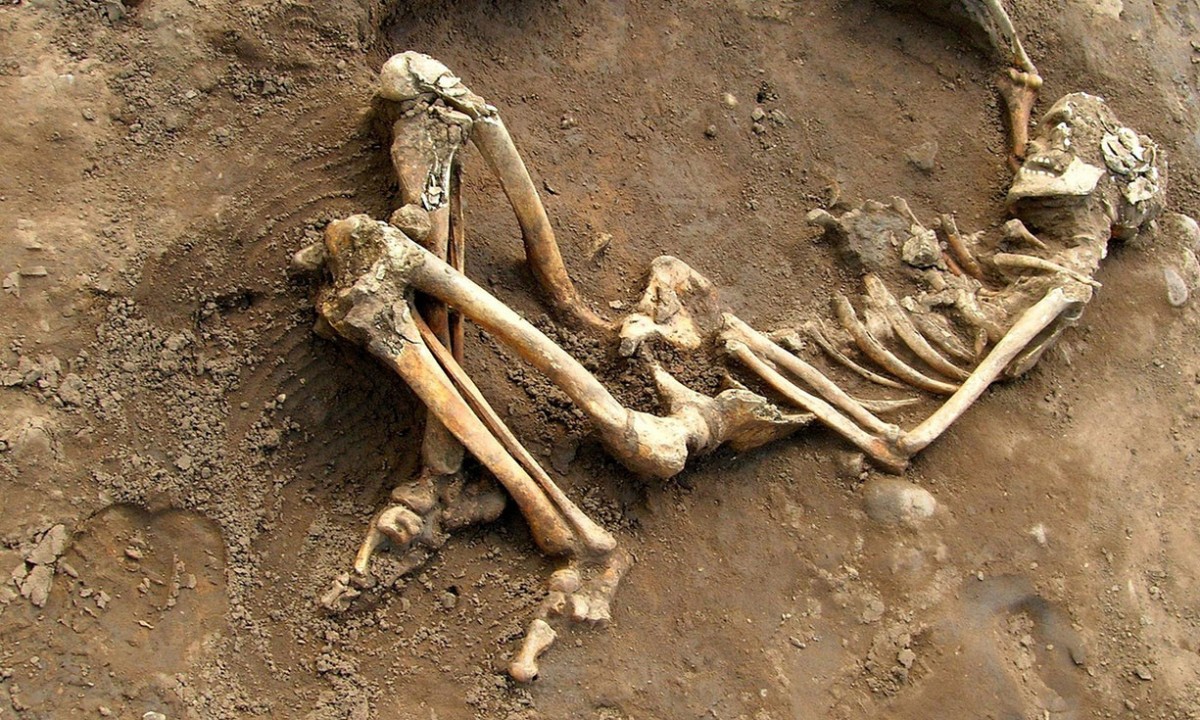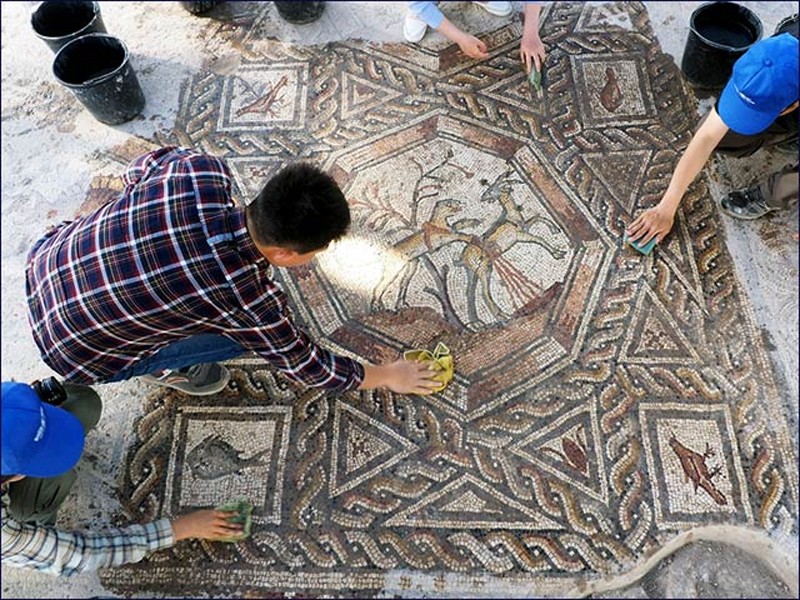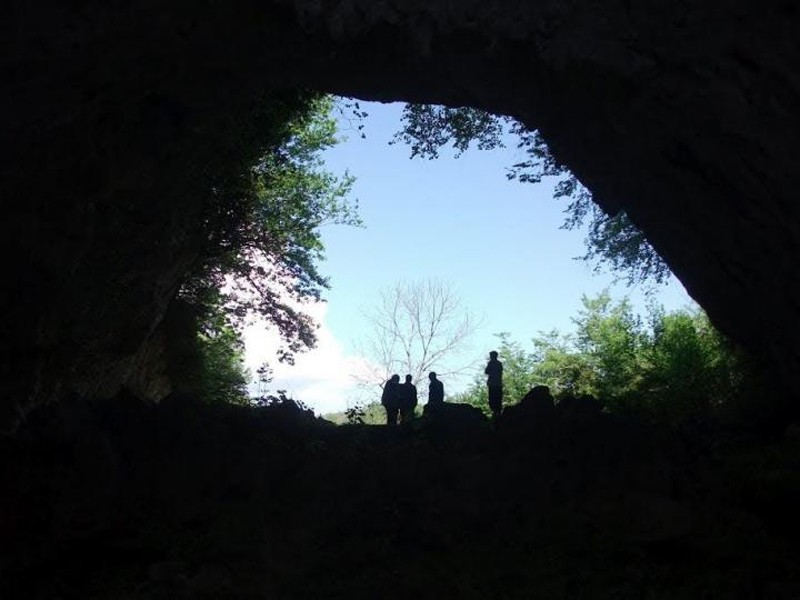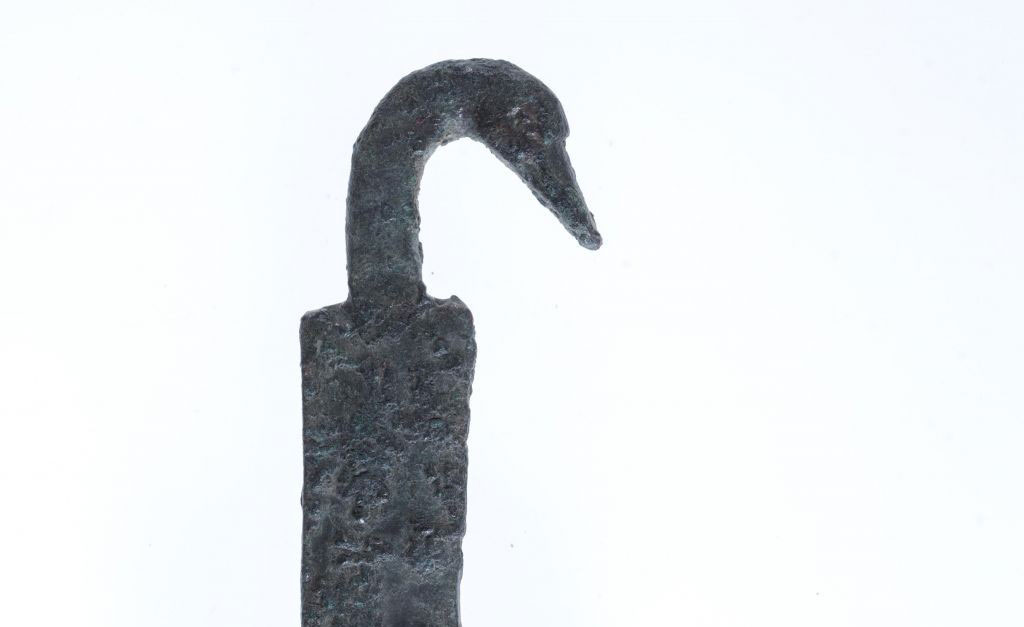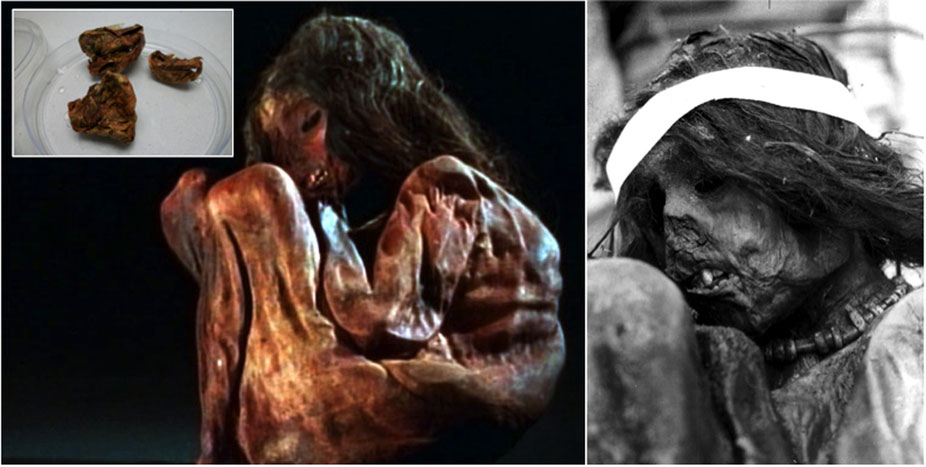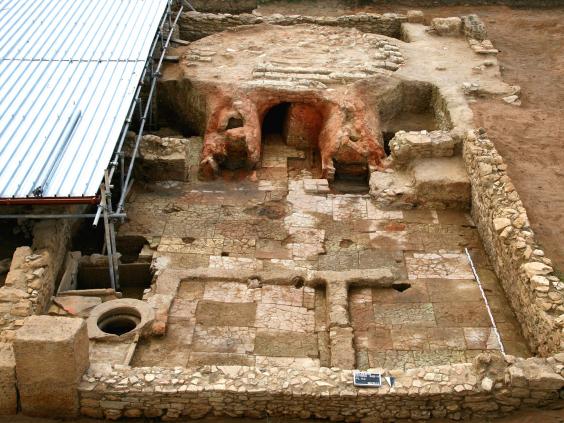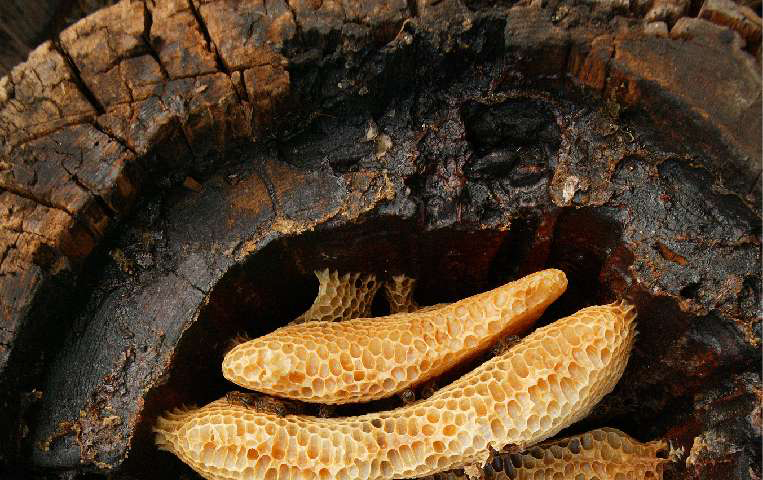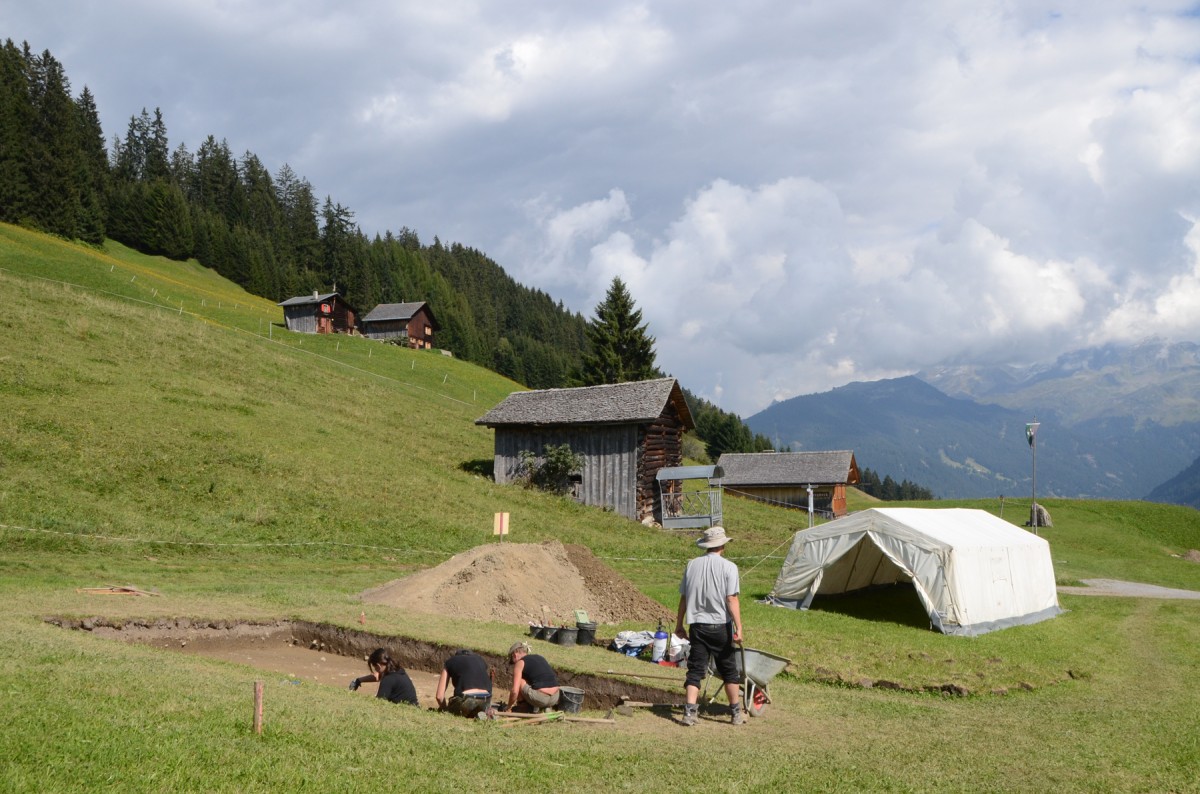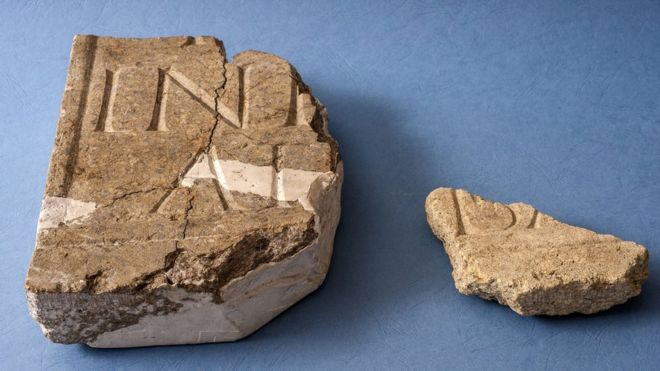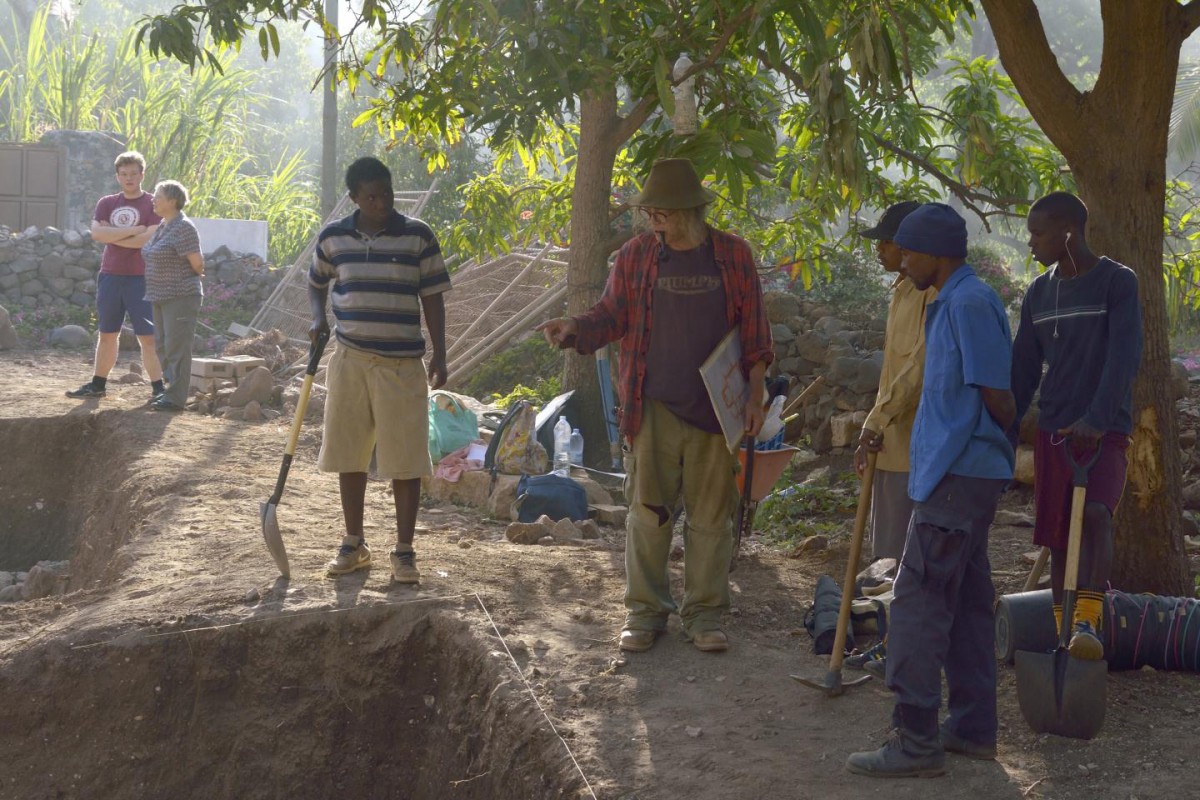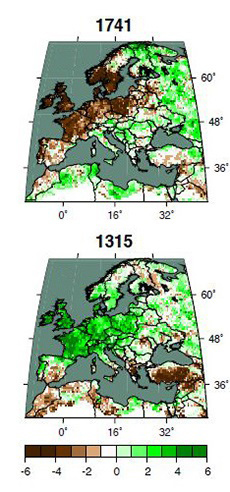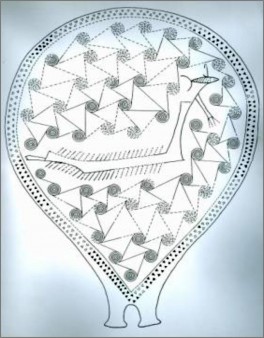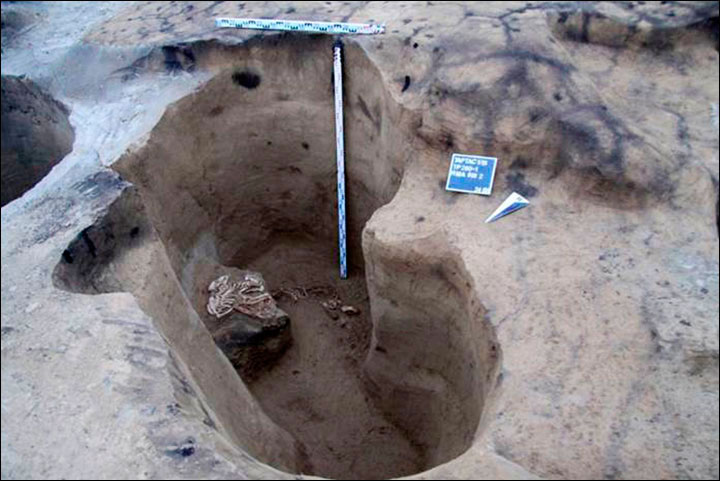Syphilis widespread in Central Europe even before Columbus’ voyage to America
Congenital syphilis, which is passed from mother to child, has been detected in human skeletal remains from among the 9,000 burials in the cathedral square of St. Pölten, Austria.
Medieval skeleton of burnt teenage girl found in Italy
Archaeologists in Italy have uncovered a Medieval skeleton of a teenage girl, burnt and thrown in a pit, as was the practice with witches at the time.
Large hoard of Roman coins found in Swiss orchard
The discovery of a hoard of Roman coins in Ueken, Switzerland, was announced on Thursday by the regional archaeological service.
New clues about the earliest known Americans
New evidence shows that the earliest known Americans--a nomadic people adapted to a cold, ice-age environment--were established deep in South America more than 15,000 years ago.
Tropical fossil forests unearthed in Arctic Norway
UK researchers have unearthed ancient fossil forests, thought to be partly responsible for one of the most dramatic shifts in the Earth's climate in the past 400 million years.
Underwater antiquities and environmental impact study completed
An extensive underwater geoarchaeological survey at the area of Methoni, Greece, has been completed, revealing significant antiquities.
Ancient Egypt: It wasn’t all Pharaohs and gold
In her new book, Professor Joann Fletcher explores everyday life in one of our most intriguing civilisations.
Roman skeletons reveal secrets of life in antiquity
Ancient bones can offer valuable information on our ancestors. They can provide an insight on their diet and nutrition, the illnesses they suffered from, and other features of their lives.
Ancient Chinese board game found in looted tomb
Archaeologists in China have discovered an ancient board game in a looted 2,300-year-old tomb near Qingzhou City.
The ancient Greeks in Ukraine
Archaeologists from the University of Warsaw and the National Ukrainian Academy of Sciences confirmed the location of a 2,000-year-old fortified Greek settlement along the Dnieper River.
Impressive new mosaic uncovered in Lod
Archaeologists have revealed a second high-quality mosaic floor in the southern part of the 1,700-year-old villa in Lod while preparing to build a visitor center at the site.
‘Fourth strand’ of European ancestry originated with hunter-gatherers isolated by Ice Age
Populations of hunter-gatherers weathered Ice Age in apparent isolation in Caucasus mountain region for millennia, later mixing with other ancestral populations, from which emerged the Yamnaya culture that would bring this Caucasus hunter-gatherer lineage to Western Europe.
New find in Galilee gives new perspective
Archaeologists working at the ruins of Khirbet el-Eika this summer, a site west of the Sea of Galilee, discovered a Hellenistic bronze incense shovel that might help date the settlement of the hills near the Kinneret by Jydeans.
Inca child-mummy DNA sequencing yields unique results
Researchers have partly identified the genetic code of an Incan mummified child found by climbers in Cerro Aconcagua, an Argentinean mountain, 30 years ago.
Selinunte, an ancient Greek city in Sicily yields its secrets
Excavations at Selinunte, an ancient Greek city in Sicily, are yielding valuable information on its population, plan, and function, in its entirety.
Early farmers exploited beehive products at least 8,500 years ago
Humans have been exploiting bees as far back as the Stone Age, according to new research from the University of Bristol published in Nature.
Breakthrough for mining research in the Bronze Age
Mining already took place 3,500 years ago in the Austrian region of Montafon.
Pieces of Roman Building Reunited after 2000 years
Two pieces from a Roman building sign destroyed 2000 years ago, possibly by the legendary Boudica, have been reunited thanks to a remarkable discovery made by the University of Reading.
Egypt’s Great Pyramid hidden anomalies revealed
Scientists in Giza, Egypt, have discovered anomalies in Cheop's Great Pyramid with the use of infrared thermal scanning.
Earliest church in the tropics unearthed in former heart of Atlantic slave trade
Archaeologists from the University of Cambridge have unearthed the earliest known European Christian church in the tropics on one of the Cabo Verde islands.
New drought atlas maps 2,000 years of climate in Europe
Αn atlas based on scientific evidence maps the reach and severity of dry and wet periods across Europe, and parts of North Africa and the Middle East, year to year over the past 2,000 years.
A comparative Mediterranean perspective on the Early Bronze Age Cyclades
Cyprian Broodbank, Disney Professor of Archaeology at the University of Cambridge, will address the topic in the framework of the Cycladic Seminar series.
A Neolithic smokehouse was discovered in Siberia
Archaeologists in Siberia have discovered a smokehouse at a Neolithic site during excavation works in the summer.

